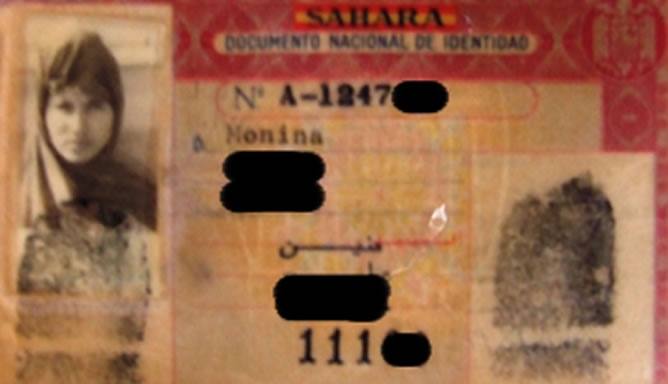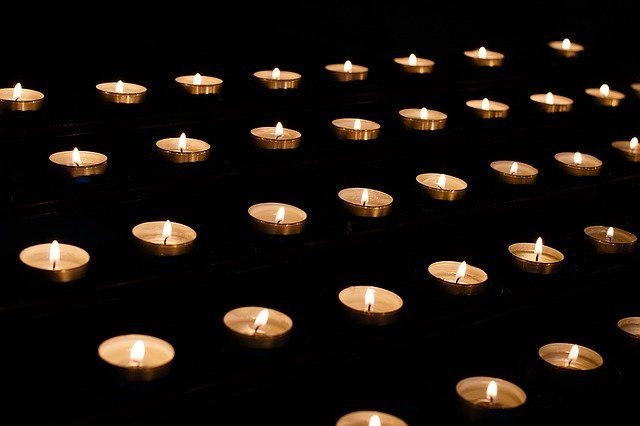
Palmer attempted to regain public support by warning of a massive terrorist protest around the country on May 1, 1920. In some cases when visitors were allowed to meet with suspects, the visitors themselves were arrested under the pretense that they must be communists since they were visiting a suspected communist.Įventually, public opinion started to turn against Palmer’s crusade as people began to question the constitutionality of the raids led by Palmer. Some of those arrested where held for weeks at a time without the right to communicate with a lawyer or their family, while authorities attempted to gather evidence against them. Starting on January 2, 1920, Palmer began enforcing over 3,000 arrest warrants, and police in 33 cities took about 6,000 suspected communist into custody. His personal ambition was to seek the 1920 Democratic presidential nomination, so he aimed to give the public more of what it wanted. The public approved of what came to be known as the “Palmer Raids” and deportation, and Palmer was well aware of the support. On December 22, 249 people suspected of anarchy and criminal activity were deported to Russia without the benefit of any judicial process on a ship nicknamed the “Soviet Ark.” The evidence to deport existed for only 43 of the individuals. Over 650 people were arrested, many who did not have a connection to the union. On November 7, 1919, federal agents in 12 cities raided the meeting places of the Union of Russian Workers. Edgar Hoover, who declared their intention to begin deporting radicals. Palmer wasted no time in forming the General Intelligence Division within the Department of Justice to gather information about radical individuals behind the perceived communist insurgence. The “red scare” of 1919-1920 had officially begun.

Even though these extreme tactics were the work of a handful of anarchist, few people saw the difference between anarchy and communism. No one was injured in the blast, but Palmer’s home was damaged and anarchist pamphlets were strewn up and down his Washington D.C. In June 1919 a bomb that slipped through the postal screening exploded at the home of Attorney General A. Rockefeller and Justice Oliver Wendell Holmes. The mayor of Seattle eventually called for federal troops to curb “the anarchy of Russia.” Another round of strikes starting in September 1919, organized by the radical William Foster, resulted in approximately 340,000 steelworkers, factory workers, and dockworkers declaring a strike, which continued to heighten popular suspicion.Īpart from the strikes taking place, in April of 1919 the United States Postal Service intercepted almost 40 mail bombs addressed to such prominent figures as John D. Although the Seattle strike was considered orderly and the demands made by those on strike deemed humble, the fact that pro-communists helped organize the walkout raised a number of concerns among conservatives. The first notable strike occurred in February 1919, when Seattle was brought to a virtual standstill. In the minds of many, unionized labor became synonymous with communism. This alignment unsettled an American public already annoyed with a wave of strikes. They were quick to align with the pressing union issues, especially labor strikes brought about by high post-war prices. contingent of communists had also taken up the workers’ cause. Just as the Russian communists had appointed themselves the “champions of the workers,” the tiny U.S.

It did not take long after the war, however, for America’s attention to shift to a new target. At first, there was little reaction to this nascent political movement, since at the time the American public’s attention was focused on events in and around Germany. In the United States, a small handful of individuals took notice of the promise of the new Russian government and formed their own communist party. In March 1918, Russia officially withdrew from the “capitalistic” world war. By the end of October 1917, the Bolshevik Party, soon to be renamed the Communist Party, had control of the Russian government.

Outlining his plan for a communist revolution, Lenin wrote his “April Thesis” to demonstrate the Bolshevik vision for a Soviet State. In early 1917, the Bolshevik Party, headed by Vladimir Lenin, felt that the social climate in Russia was beginning to change in their favor. As World War I was raging in Europe, a political and social revolution defined by a struggle between the labor class and capitalists was taking place in Russia.


 0 kommentar(er)
0 kommentar(er)
